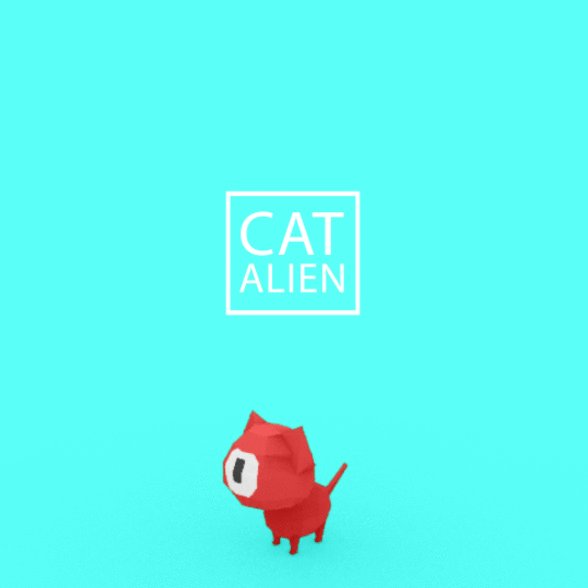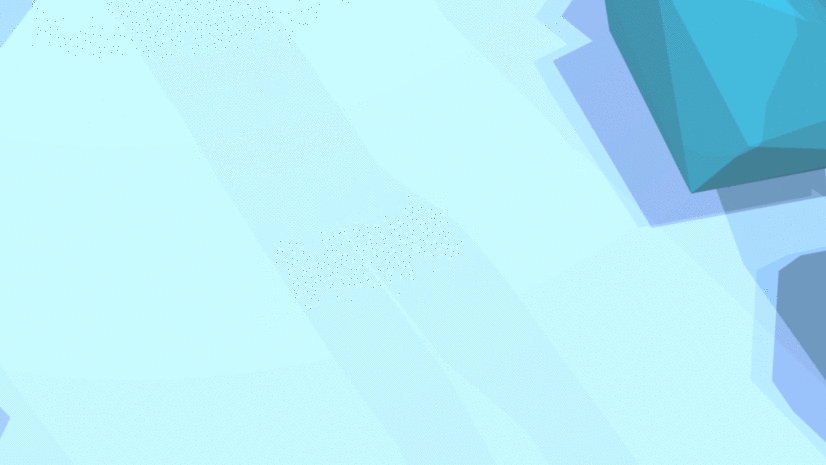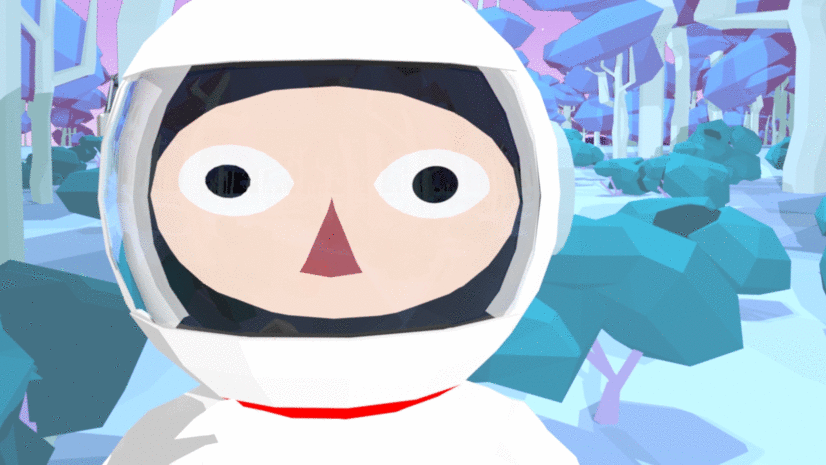
AMORPHOUS
A short 3D animation of an astronaut and a cat alien
OVERVIEW
GOAL Create a short 3-5 minutes narrative animation
TASKS Sketching, concept art, sound design, 3d modeling, rigging, animation, post production editing
TOOLS Autodesk Maya, Adobe Premiere Pro, Adobe AfterEffects, Photoshop
Team Danielle Ragas, Wan-teen Yang, Josephine Ryu
TIME SPRING 2016
DESCRIPTIONS
Amorphous is a 3 minutes low-poly animation video of an astronaut's enounter with a space cat.
For this project, Autodesk Maya was the predominant 3D software used and Adobe programs were later introduced in the post-productions stage after most of the renderings were complete. Specifically, the ideation and storyboarding stage took our 4-people team the longest, while rigging, animating and rendering took roughly 1.5 week with the asisstance of about 15 school computers.
CONCEPT SKETCHES
During the ideation stages, I was mostly focused on the main characters' designs. Although the cat's design had little changes from the beginning, albeit some minor body ratio adjustments, the astronaut's getup went through more stages. Eventually, due to time constraint for modeling, we were unable to go with the pointy helmet suit design and returned to the more simplistic round helmet suit from the beginning.
During this stage, we also developed the colour schemes of each environment area.
 |
|---|
 |
 |
 |
 |
STORYBOARD
While the stoyboard was mostly drawn by other members in the group, I was tasked with cleaning and editing the hand drawn images. Namely, adding swatches of grey to the foregrounds and areas of interest, as well as layout framing.
Once the storyboard was finalized, it reained unchanged except for a few extra shots added later into the cave scenes.
ANIMATICS
The purpose of the animatic video is to grasp the timing of each shots and the character's general movements. During this process, our group divided the video into 4 main sequence: the forest, grassland, cave, and the base.
As I was assigned the forest scene, that was also the part I worked on in the animatic (0:06-0:33).
In order to ensure that all the scenes look cohesive, creating concept art would ensure all of us to be on the same page. To do that we first decided on the colour palettes for each of the 3 main environments: forest, grassland, and cave scenes. Specificially, we wanted the forest to be a filled with pastel green, lime, and blue, the grasslands to be filled with bright orange, red, and yellow, and the cave to have a sparkly palette of dark blues, purples, and white.
During this stage, my roles as the art director include sketching out two concept environments (grassland and inside of the cave), as well as editing the colours and lightings of the environment sketches done by my team.
 |
|---|
 |
 |
 |
 |
 |
 |
 |
 |
 |
 |
 |
 |
ENVIRONMENT DESIGN
MODELLING > RIGGING
Once the sketches for he characters were finalized, I moved on to modeling the cat, texture of the planets, and then the trees for the forest environment in Maya. While my team mate took over the environment layout of the foest, I took over her work of rigging the cat, astronaut, and setting up eye movement controls, and the control circles constrained to the limbs for animation.
 |  |
|---|---|
 |  |
 |  |
 |
 |  |
|---|---|
 |
Since our group divided the video into fours, I was responsible for the animation in the forest scene (0:13-0:47) which had 10 different shots.
Each shot was animated in a pre-selected view and the process of animating and rendering took about 2 days.
ANIMATION
EDITING SOUND
Due to time constraints, sound was first added into the beta video footage via Adobe Premiere Pro where sound effects collected from freesounds.com were layered over Terraria's background music. Once the editing of the final cut was completed, I layered the new video over the beta one and then re-adjusted the timing of the sound to match it.
In all, the entire sound editing process took about 6 hours.
